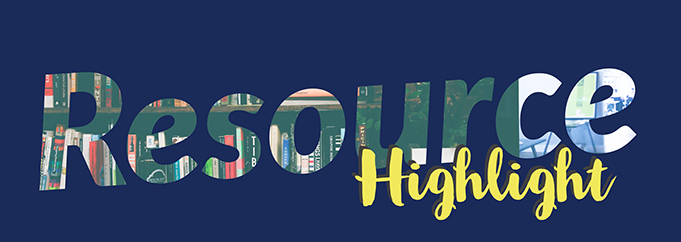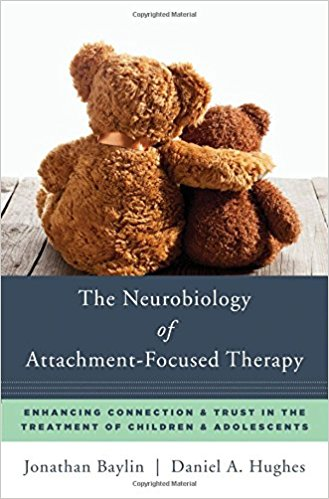
Review: The Neurobiology of Attachment Based Therapy

For children to have to go from having to develop a mistrusting brain, and make the journey from mistrust to trust is not a no-brainer – it’s a real brainer. They really need to make some changes in their trajectory….. This book is an attempt to try to apply the knowledge about brain development and brain change and look at the process of change and attachment focused therapy’
– Jon Baylin In conversation with Dan Hughes and Janise Mitchell at the ACF conference 2016.
Jonathan Baylin, PhD, has been a psychologist for over 30 years. He specialises in ‘putting the brain in therapy’. For the past 15 years he has worked on training mental health practitioners in neuroscience while also keeping up his private practice. Dan Hughes, PhD, has worked with children and youth who have experienced abuse and neglect for over 30 years. Through his work he has developed Dyadic Developmental Psychotherapy (DDP)- an attachment focused, inter subjective approach to therapy and parenting. Brain-based parenting, Hughes and Baylin’s first book, focused on the concept of blocked care in parents and carers. In this, their second collaboration, they explore blocked trust as experienced by children who have suffered abuse and neglect.

The neurobiology of attachment focused therapy is a powerful guide for any adult concerned with child wellbeing. Baylin and Hughes give us the good news that there is hope, through understanding the neurobiology of developmental trauma, for children who have challenging behaviours because of past abuses. The book outlines the neuroscience of blocked trust i.e. how the child will develop core strategies of defence in response to poor care. From the outset they reassure us that children who have suffered trauma can heal from poor care.
The book starts with an in-depth outline of brain development and how brains are shaped in early life by the relationships they experience. In order to frame this system they turn to the field of social development neuroscience which explores the experiences of the child that contribute to attachment, social engagement and self-defence, trust and mistrust. Blocked trust, as experienced by children is explored, allowing the reader to understand not only its complexity, but also the attitude required by the adults in their worlds to help children to overcome blocked trust. Staying true to their mode of therapy (DDP), a great deal of empathy is shown as the authors discuss blocked care and provide guidance to parents to overcome or avoid it. While exploring these concepts, vignettes from Dan and Jon’s own practice are sprinkled throughout. This allows for an enlivened and informative read.
The neurobiology supporting attachment focused therapies and Dyadic Developmental Psychotherapy is outlined. As developmental trauma takes place in relationships, this is where the healing of developmental trauma lies. In order for an adult to build a trusting relationship with a child, they must first understand what caused the mis-trust to develop, and why mis-trusting behaviours persist despite the child now living in a safe environment. The child’s defence system is quietened by the safe relationship, allowing for the brain to ‘reverse’ its learning of vigilance and fear. The job of the therapist is to communicate with the amygdala and the anterior cingulate cortex to ‘embrace the news’ that they no longer need to be defensive and can now open up to trusting and safe relationships. As quoted at the beginning of the review, Baylin rightly states that this process is not a ‘no-brainer’. It requires the core approaches of DDP – playfulness, acceptance, curiosity and empathy, or PACE- for the therapist, child, and carer to access the brain regions and start to learn to trust. The parent-child dyad is built up in this way, allowing for attachment to take place and healing to occur. Eventually the child and parent are offered the discovery of the experience of comfort and joy to enter their relationship. This builds a strong bond based on trust to sustain the relationship in the long term.
The neurobiology of attachment focused therapy is good news for the brains of all those caring for and working with children. It is well written and comprehensive, becoming essential reading for all involved. Baylin and Hughes cite a compelling argument for brain based practices to be used in our communities as an effective response to trauma.
Jon Baylin and Dan Hughes are delivering a series of workshops across Australia in May/June 2017. The workshops are entitled, ‘From mistrust to trust; brain based attachment focused treatment for traumatised children and young people’. These practical workshops draw on the practice and knowledge of The neurobiology of attachment focused therapy. You can see more information about these workshops here.
